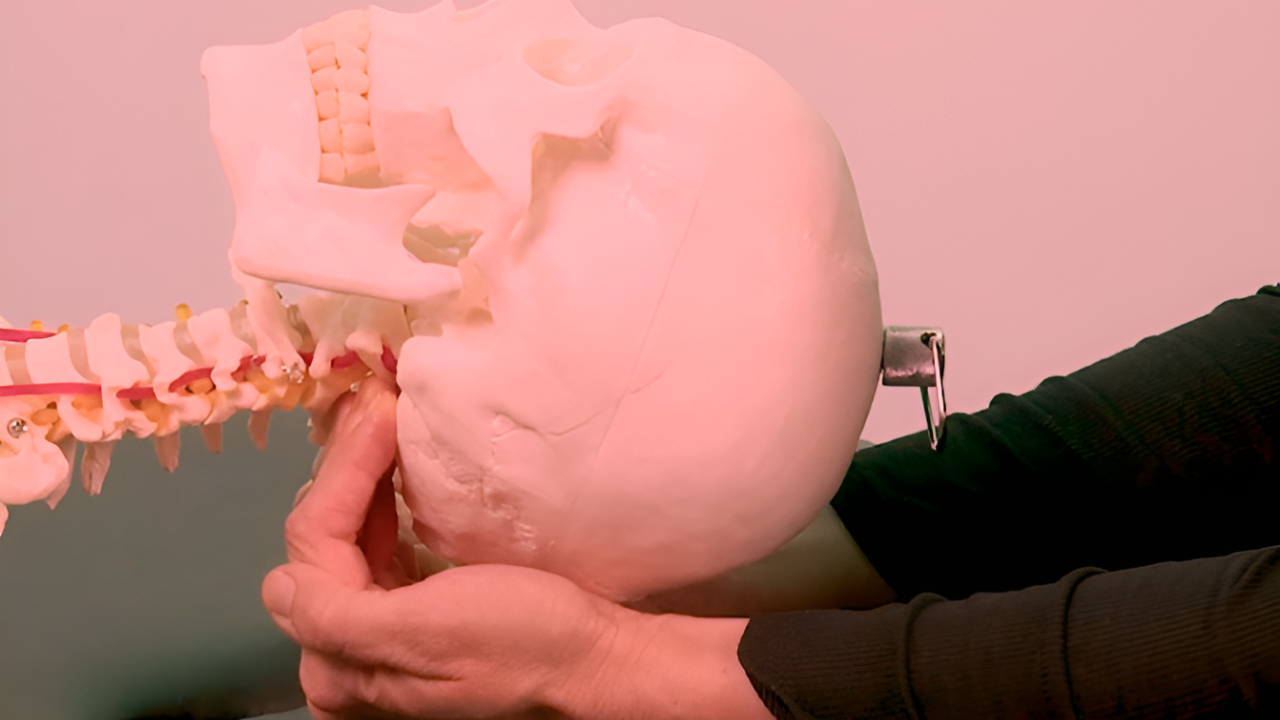Treating the Rotator Cuff - Myofascial / Soft Tissue Release (STR) Techniques
John Gibbons (video above) is a qualified and registered osteopath with the General Osteopathic Council, specializing in the assessment, treatment, and rehabilitation of sport-related injuries. Having lectured in the field of sports medicine and physical therapy for over 12 years, John delivers advanced therapy training to qualified professionals within a variety of sports. He has also published numerous articles on various aspects of manual therapy.

Rotator cuff tendinitis results from the irritation and inflammation of the tendons of the rotator cuff muscles in the area underlying the acromion.
The condition is sometimes known as pitcher’s shoulder though it is a common injury in all sports requiring overhead arm movements, including tennis, volleyball, swimming and weightlifting.
Cause of injury
Inflammation of the rotator cuff tendons from tennis, baseball, swimming etc. Irritation of the subacromial bursa of the rotator cuff causing inflammation and swelling in the subacromial space. Pre-existing disposition including anatomical irregularity.
Signs and symptoms
Weakness or pain with overhead activities, such as brushing hair, reaching up etc. Popping or cracking sensation in the shoulder. Pain in the injured shoulder, particularly when lying on it.
Complications if left unattended
Rotator cuff tendinitis can worsen without attention as the tendons and bursa become increasingly inflamed. Motion becomes more limited and tendon tears can cause further and in some cases chronic pain. Prolonged irritation may result in the production of bone spurs which contribute to further irritation.
Immediate treatment
Application of ice and use of anti-inflammatory medication. Discontinue all athletic and other activity causing rotator cuff pain. Then heat to promote blood flow and healing.
Rehabilitation and prevention
Following rest and healing of the injured shoulder, physical therapy should be undertaken to strengthen the muscles of the rotator cuff. Moderation of rotator cuff use, adequate recovery time between athletic activities and strength training can all help avoid the injury.
Long-term prognosis
Given proper rest as well as manual therapy and trigger point therapy (see below), most people will enjoy a full recovery from this injury. Should a serious tear of the rotator cuff tissue occur, surgery may be required although recovery to pre-injury levels of activity is usually expected.
Trigger Points
Trigger points form easily in the muscles of the rotator cuff and, as they make their host muscles shorter and weaker, they may well play a part in the development of the injury. More importantly, active trigger points will almost certainly appear as a result of the injury, as part of the body's natural protect and defend mechanism. Failure to treat these trigger points may result in the symptoms of the injury lasting longer, or the onset of further complications.
Find a Trigger Point Professional in your area
Dry Needling for Trigger Points
Certify as a Trigger Point Therapist
This trigger point therapy blog is intended to be used for information purposes only and is not intended to be used for medical diagnosis or treatment or to substitute for a medical diagnosis and/or treatment rendered or prescribed by a physician or competent healthcare professional. This information is designed as educational material, but should not be taken as a recommendation for treatment of any particular person or patient. Always consult your physician if you think you need treatment or if you feel unwell.

Learn More for Less

Unlimited access to all courses for just $19.95/mo











